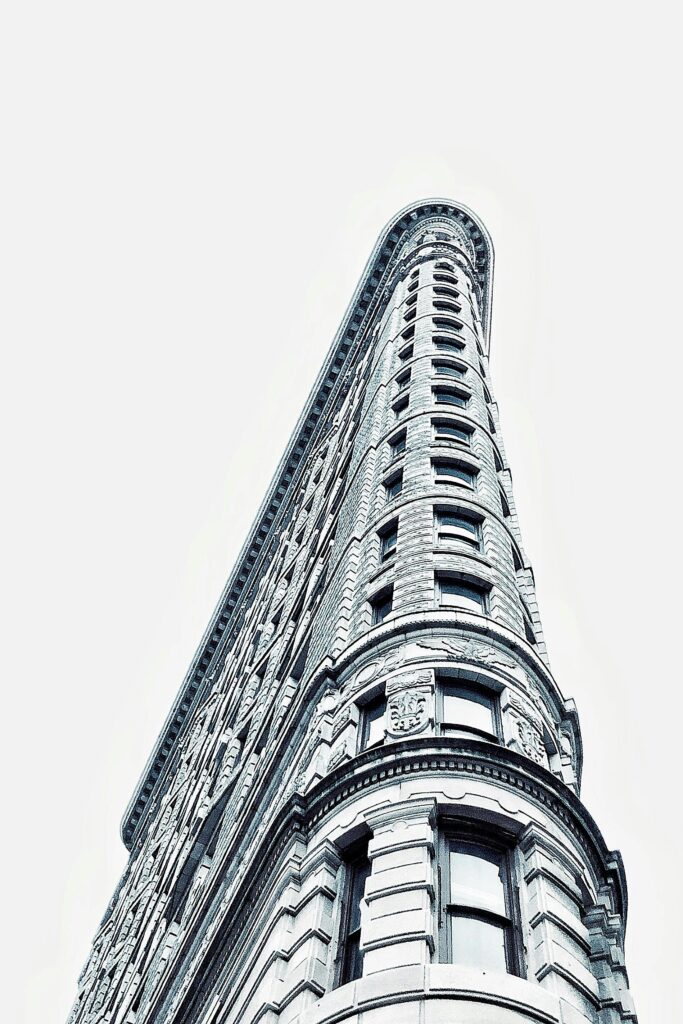Architecture is far more than just the construction of buildings; it is the harmonious blend of art, science, and human ingenuity. From ancient civilizations to modern urban landscapes, architecture has served as a mirror of culture, technology, and society’s aspirations. It defines not only the physical environment but also the emotional and psychological experiences of those who inhabit it.
At its core, architecture is about creating spaces that are functional, aesthetically pleasing, and responsive to human needs. Functionality ensures that buildings serve their intended purpose efficiently. Whether it’s a residential home, a commercial office, or a public monument, thoughtful design maximizes usability and comfort. Yet, functionality alone is insufficient. A building must also inspire and connect with people on a sensory and emotional level. This is where aesthetics, proportion, and form come into play, turning mere structures into works of art.
Historically, architecture has reflected the cultural and technological context of its time. Ancient Egyptian architecture, for instance, was heavily influenced by religious beliefs and the desire to immortalize the pharaohs. Monumental structures like the pyramids combined precise engineering with symbolic meaning, emphasizing the civilization’s advanced knowledge and spiritual priorities. Similarly, Greek and Roman architecture introduced principles of symmetry, proportion, and classical orders, which continue to influence modern design.
The Middle Ages brought the rise of Gothic architecture, with its pointed arches, ribbed vaults, and flying buttresses. These structures were designed to elevate the spirit, drawing the eyes and mind upward toward the heavens. Renaissance architects, inspired by classical antiquity, focused on balance, harmony, and mathematical precision, producing iconic structures like St. Peter’s Basilica in Vatican City. Each era of architecture not only solved practical problems but also expressed the values, beliefs, and ambitions of its society.
In the modern era, architecture has evolved rapidly, embracing innovation and sustainability. Technological advances have transformed how architects conceive, design, and construct buildings. Computer-aided design (CAD), parametric modeling, and 3D printing have expanded creative possibilities, allowing for complex structures that were once unimaginable. Modern architecture often emphasizes minimalism, clean lines, and open spaces, reflecting contemporary lifestyles and sensibilities. Architects like Frank Lloyd Wright, Le Corbusier, and Zaha Hadid have left indelible marks with designs that challenge conventions and push boundaries.
Sustainability has emerged as a critical concern in contemporary architecture. With climate change and resource depletion posing global challenges, architects are increasingly focused on environmentally responsible design. Green architecture incorporates energy-efficient systems, renewable materials, and passive design strategies that reduce a building’s ecological footprint. Examples include rooftop gardens, solar panels, natural ventilation, and water recycling systems. Sustainable architecture not only minimizes environmental impact but also creates healthier, more comfortable spaces for occupants.
Urban architecture presents another layer of complexity. Cities are dynamic, constantly evolving entities, and architects must address the interplay between built environments, social behavior, and urban planning. Well-designed urban spaces promote connectivity, accessibility, and community engagement. Parks, public plazas, pedestrian zones, and transportation hubs contribute to a city’s livability, while thoughtful zoning and mixed-use developments prevent congestion and enhance functionality. Iconic city skylines, from New York to Dubai, showcase how architecture shapes identity and inspires collective pride.
Beyond technical expertise, architecture is also a profoundly human endeavor. It responds to emotions, memories, and social needs. The design of a home can foster family bonds, a workplace can boost productivity and well-being, and cultural centers can nurture creativity and dialogue. Architects must balance practicality with empathy, understanding how people interact with spaces and how environments affect mood, behavior, and lifestyle. This intersection of psychology, culture, and design is what elevates architecture from a technical craft to an expressive art form.
Education and collaboration are crucial in architecture. Aspiring architects study history, design principles, engineering, materials science, and urban planning to develop a holistic understanding. They work closely with engineers, contractors, clients, and communities to bring concepts to life. Each project involves negotiation, problem-solving, and innovation, ensuring that the final structure meets both functional requirements and aesthetic aspirations.
CONCLUSION
In conclusion, architecture is an ever-evolving discipline that intertwines creativity, technical skill, and cultural awareness. It shapes the spaces we inhabit, influences our experiences, and reflects societal values. From ancient monuments to futuristic skyscrapers, architecture captures human imagination and ingenuity, turning abstract ideas into tangible realities. As cities grow and technology advances, the role of architecture in shaping sustainable, inspiring, and meaningful spaces becomes ever more critical. In a world where the built environment profoundly affects daily life, architecture remains a vital force, reminding us that design is not just about structures—it is about people, culture, and the future we build together.








Leave a Reply